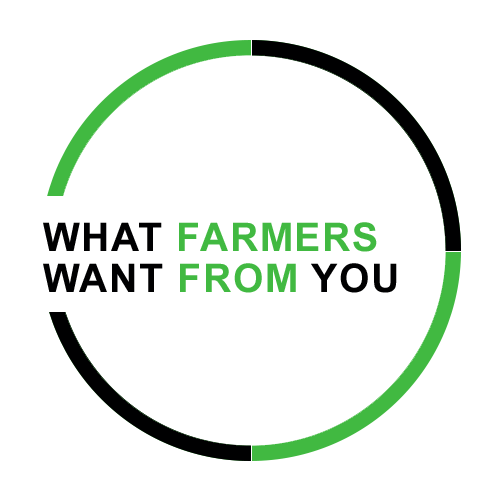 Scott Mavis is no stranger to precision farming equipment and at times, the challenges it can create. He and his father, Gary, grow primarily corn and soybeans near Edgerton, Ohio, no-tilling all soybeans and no-tilling about half their corn, depending on the crop rotation.
Scott Mavis is no stranger to precision farming equipment and at times, the challenges it can create. He and his father, Gary, grow primarily corn and soybeans near Edgerton, Ohio, no-tilling all soybeans and no-tilling about half their corn, depending on the crop rotation.
They have also gone to vertical tillage and used precision farming techniques since the mid-90s. Their experience has also gotten them into working with other farmers to set up their planters with precision planting components. The Mavis’ started their precision farming journey with an Ag Leader yield monitor in the combine.
“We used that to gather yield results for a few years so we could calibrate the data and create management zones,” Scott says. “We then soil test based on those zones, which are between 5 and 10 acres in size.”
Based on that data, they variable-rate apply fertilizer and lime in the fall, then use the information to variable-rate seed in spring. Scott says they’ve been able to better match fertility levels to yield potential.
“We have reduced fertilizer rates by 20%-40% in some areas and other areas have been increased depending on what the soil test shows is available,” he says.
For variable-rate application, they adapted an Ag Leader PF3000 yield monitor to drive a Rawson hydraulic motor on their dry fertilizer spreader.
“It’s old technology, but it works great for this application. The trickiest part was getting the gear ratios correct and then calibrating the unit to make sure we were getting the proper application rates,” Scott says. “There is quite a bit of older technology out there that can be used for these types of applications.”
What Farmers Want From You is a series of farmer profiles that examine the scope of precision farming tools individual farmers are using on their operation, along with the frustrations that can occur with adopting new technology and how dealers can alleviate those "points of pain" for farm customers. For the latest additions to the series, visit our What Farmers Want From You feed.
Mavis says they don’t need sub-inch accuracy. They’re able to get within a foot or two with the Ohio Continuously Operating Reference Station (CORS) network GPS signal, which is close enough for their zones.
The planter is outfitted with a Precision Planting 20/20 SeedSense monitor to vary planting rate.
“We have been variable-rate planting corn since 1998 and started variable-rate seeding soybeans 2 years ago,” Scott says. “The variable-rate seeding helps us make the most of the zones’ potential.”
Point of Pain: First Year Frustrations
As an experienced user of precision farming technology and his role as a Precision Planting dealer, Mavis says the greatest frustrations come in the first year of installing, calibrating and using the equipment.
“Getting the technology working properly, no matter what brand, takes time,” Scott says. “Getting the units properly calibrated and set up to run correctly takes patience, but once you’re set up correctly and you are comfortable with it, it’s easy to use.”
Working with a knowledgeable dealer is critical to getting familiar with the technology and a basic understanding of how it works.
“A stumbling block for many first-time users is they aren’t very familiar with computers and don’t really understand how the technology works,” Scott says. “Dealers who provide the support on the front end will have happier customers.”



![[Technology Corner] Autonomy & Robotics Take Center Stage](https://www.precisionfarmingdealer.com/ext/resources/2026/01/12/Autonomy--Robotics-Take-Center-Stage.webp?height=290&t=1768253759&width=400)


